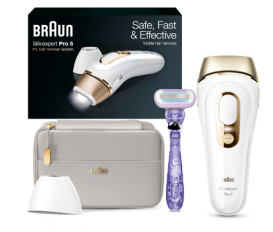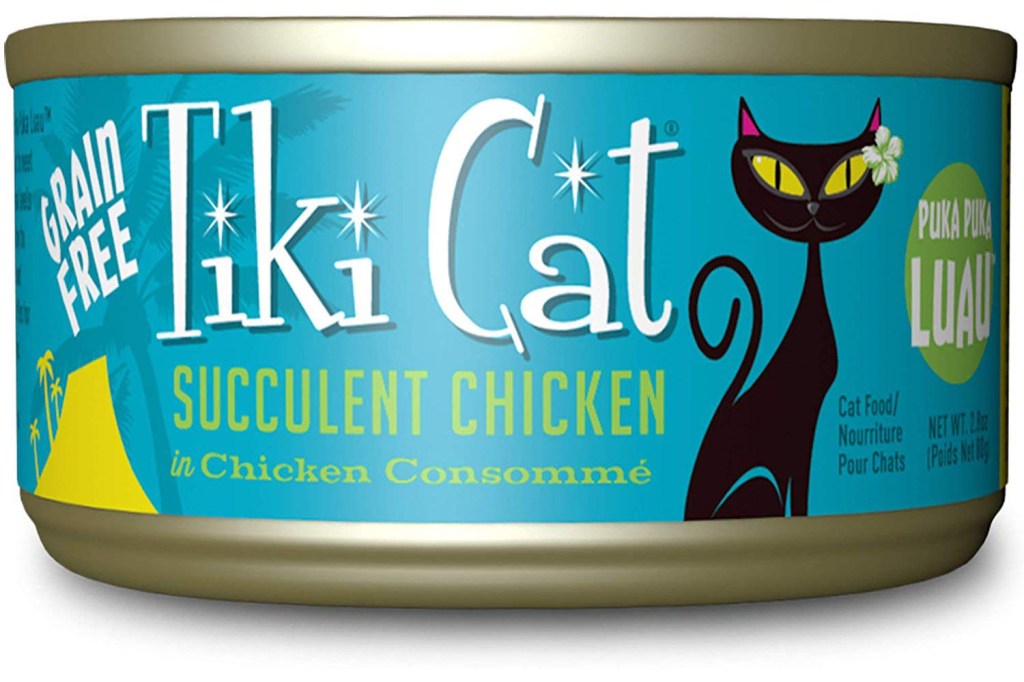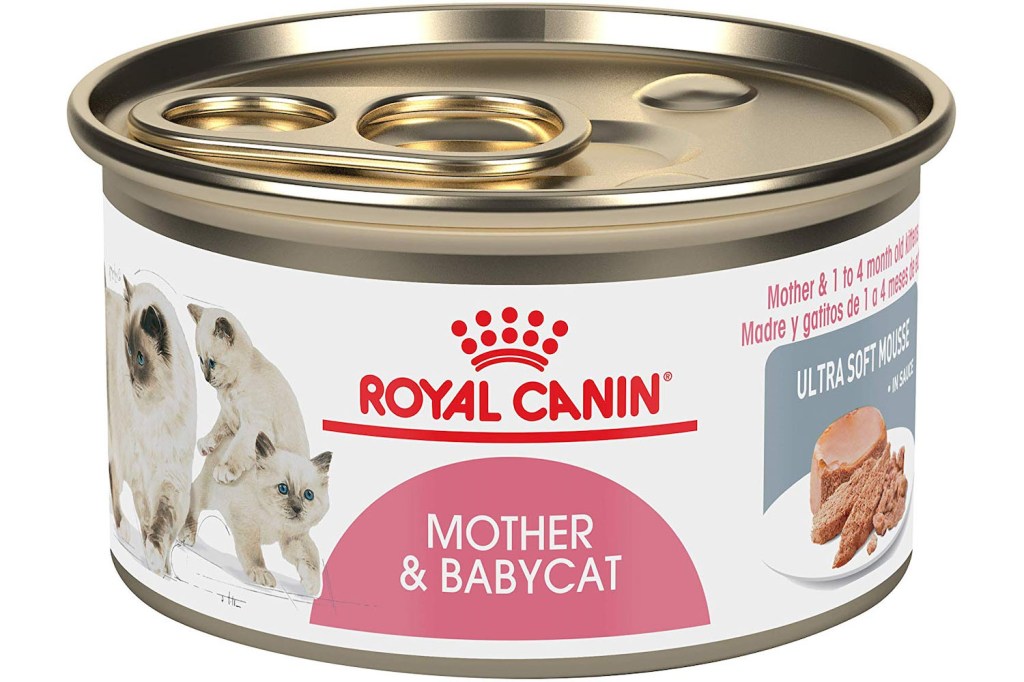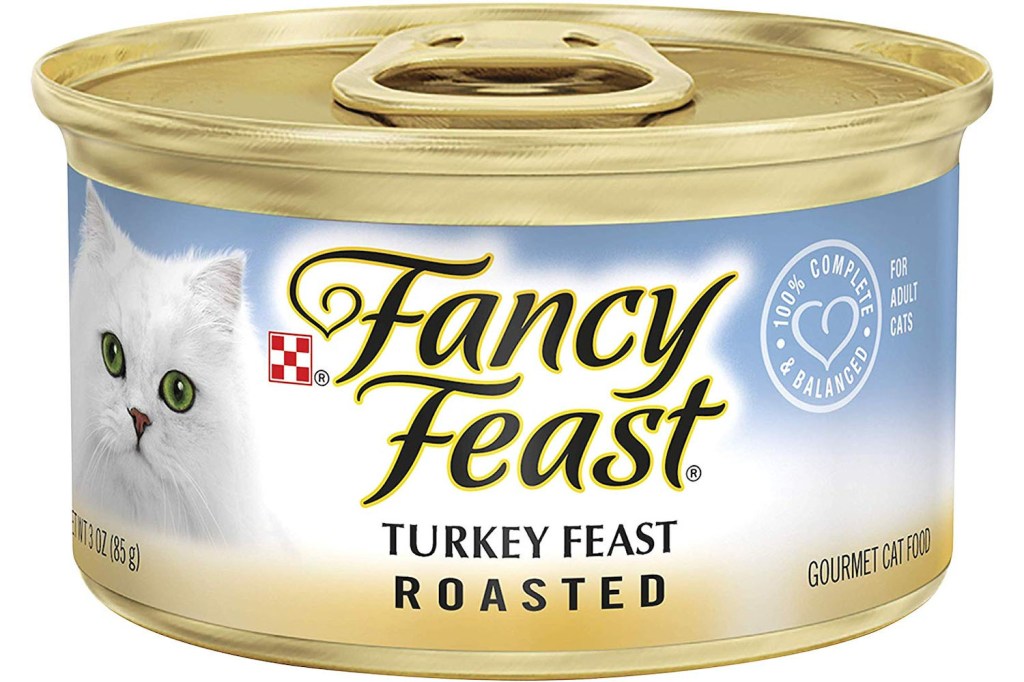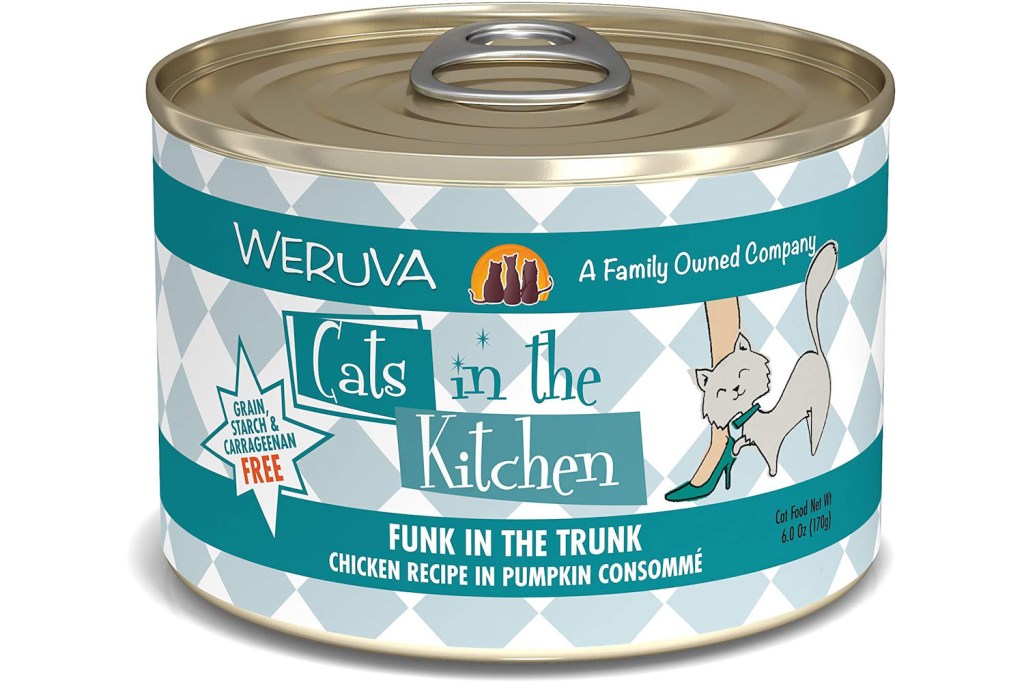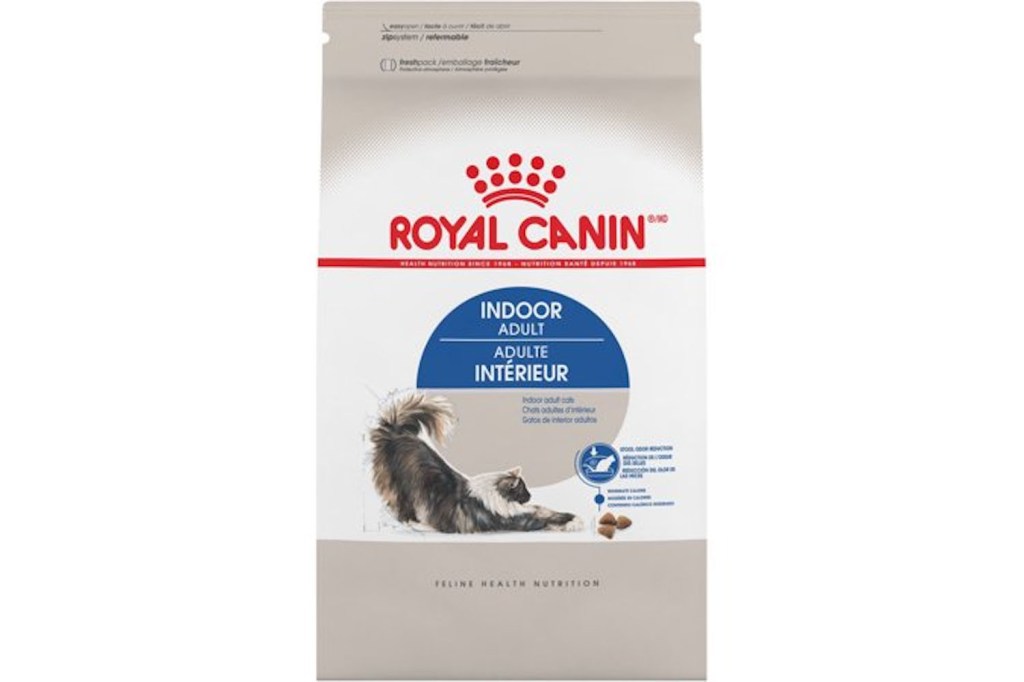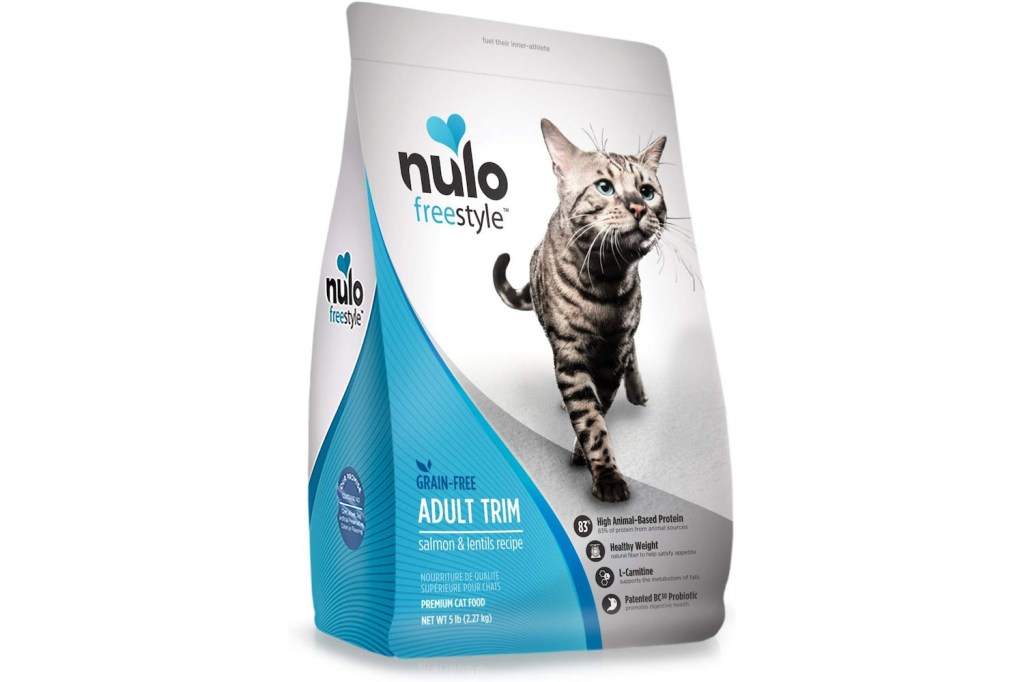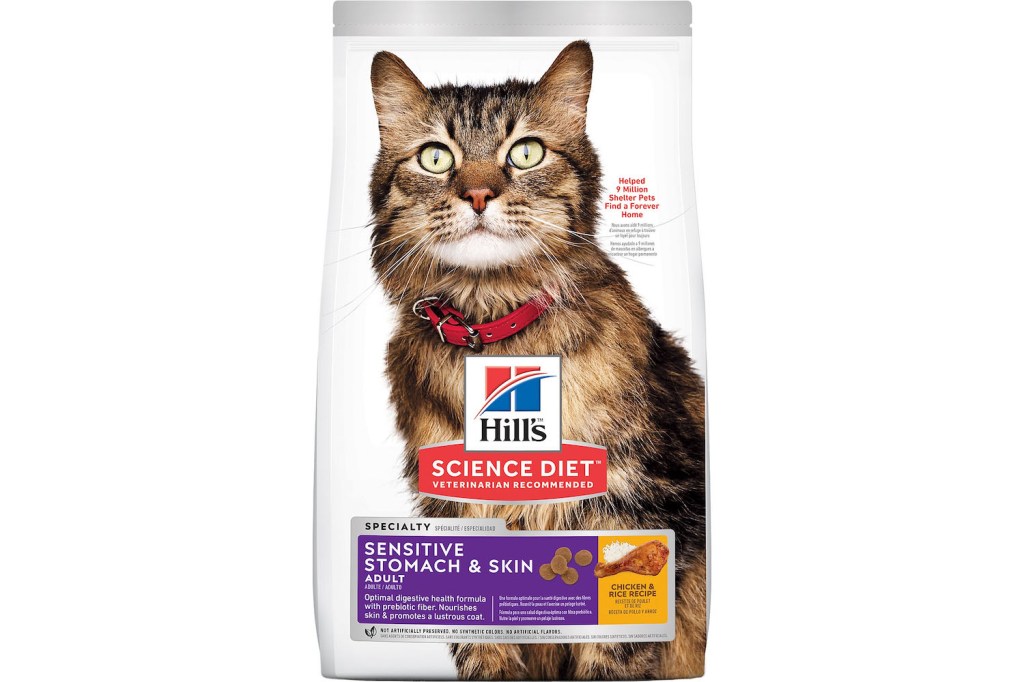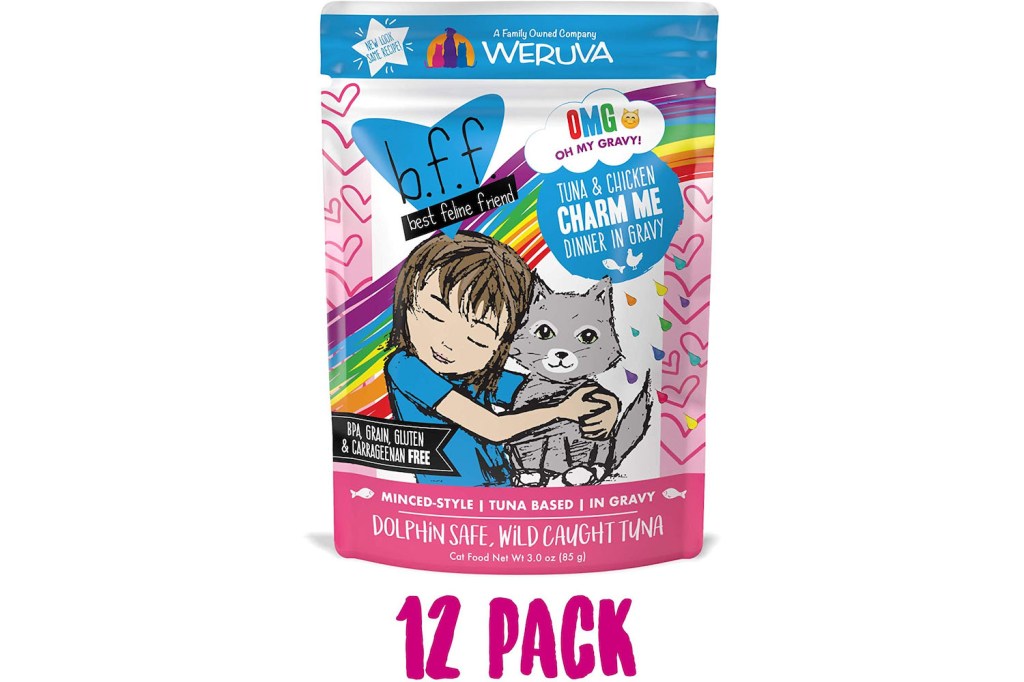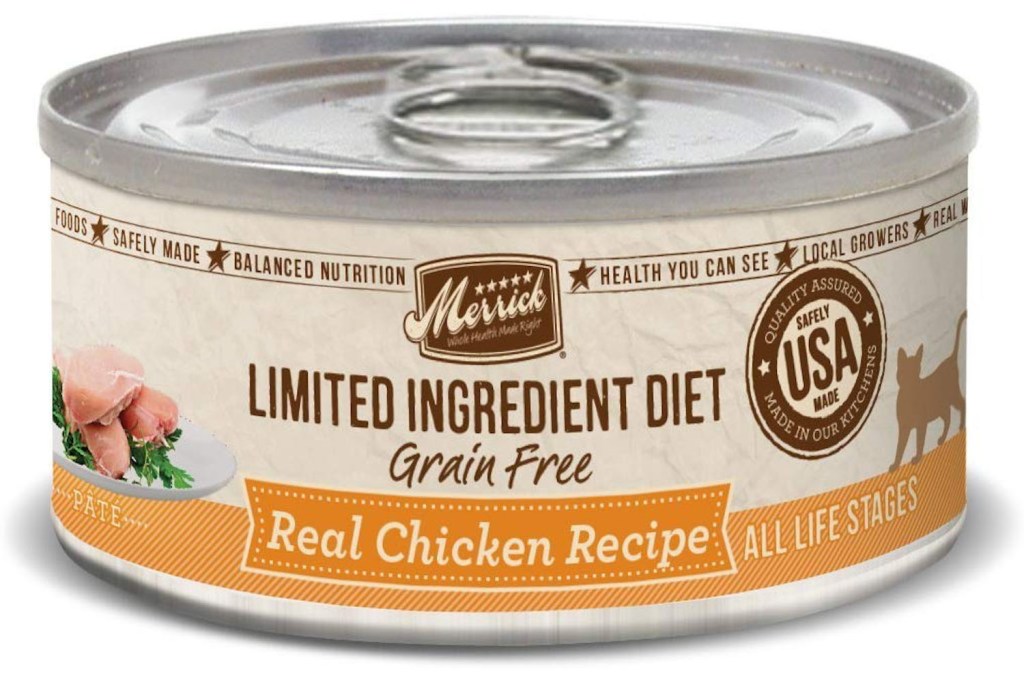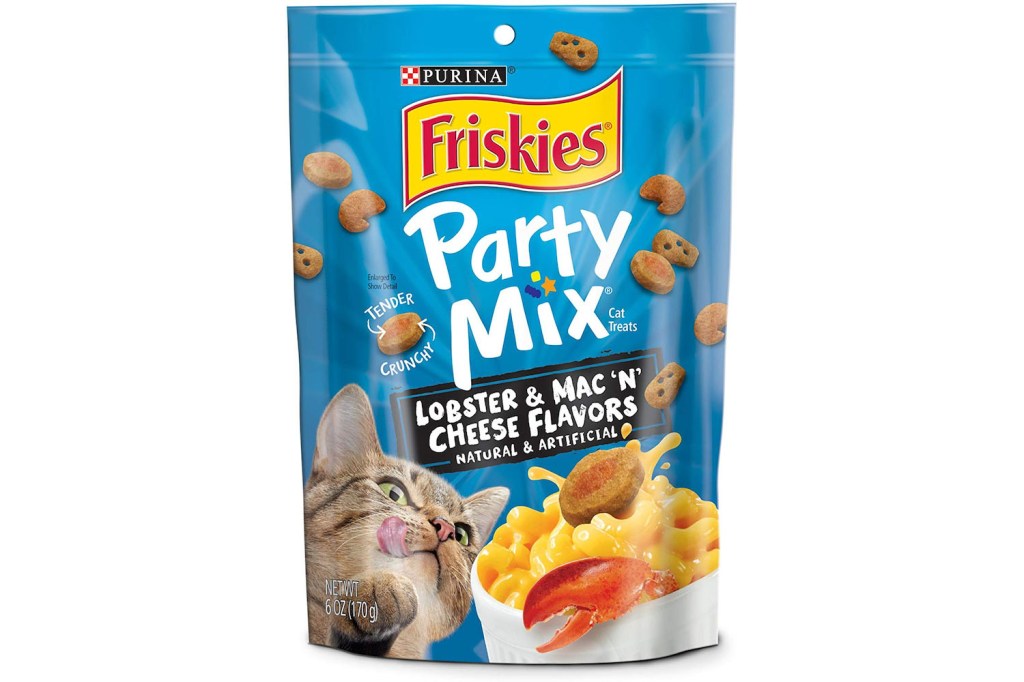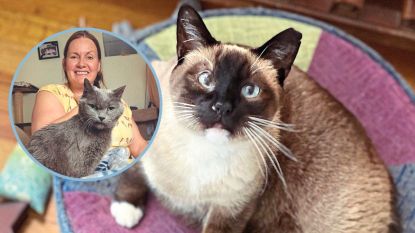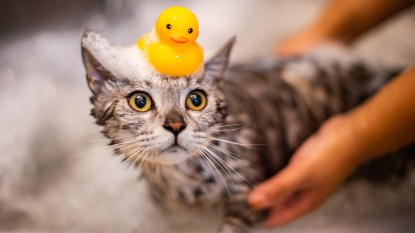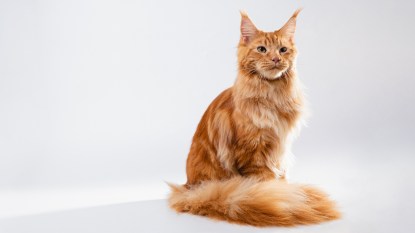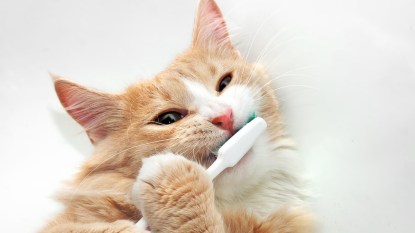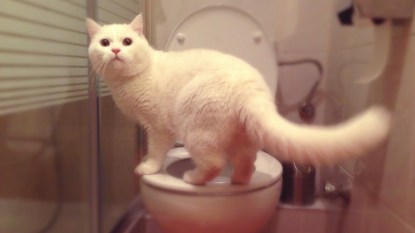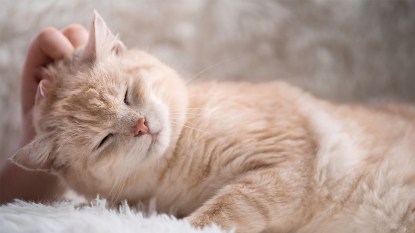Veterinarians Weigh in on the Best Cat Food for Your Pet
When it comes to your cat’s diet, you want to provide them with the best possible nutrition for a healthy, long life. However, choosing the right food for your beloved feline friend can be surprisingly difficult, due to the overwhelming amount of options available on the market today, confusing food labels, and cat fad diets that can add further uncertainty into the mix. The best cat food for your pet will be one your finicky feline not only likes, but one that’s properly balanced with appropriate ingredients.
How to Choose Cat Food
Just as you would while shopping for your own groceries, you’ll want to read the food label on your cat’s food packaging. “I think it’s … important [for] a pet owner to be able to read a pet food label — which can be really confusing! But you want a brand [that] went through rigorous testing, feed trials, and can guarantee their food analysis on the label … is consistent with each flavor and life stage they provide.” Ellen Carozza, a feline-only Licensed Veterinary Technician, in Arlington, Virginia, tells Woman’s World.
Luckily, the Association of American Feed Control Officials (AAFCO) has a label — usually found on the back or side of pet food packaging — that indicates whether food meets or exceeds the standards set forth for all life stages and condition advertised by a brand.
Two key terms to look for? “Complete” and “balanced.” The former means that the product contains all the nutrients required, while the latter indicates that the nutrients are present in the correct ratios, as stated on the AAFCO website.
It’s also important to be mindful of ingredients that are not needed in cats’ diets. “Cats are obligate carnivores, so that means they do not need to eat things like grains and veggies like their canine friends,” Dr. Eric Dougherty, DVM and Medical Director at The Cat Practice in New York City, explains. “Corn, soy, grains, spinach, potatoes, etc. are really not needed in a cat’s diet.”
Meat-byproducts, meanwhile, “are not usually a concern for cats to consume, because those are parts of the whole animal that a cat would be eating in nature. So while it isn’t appetizing for most of us to think about eating chicken with a mush of kidney mixed with intestine, it is part of the carnivore way,” Dougherty shares.
Wet vs Dry Cat Food
While there are plenty of choices available in both the wet and dry cat food categories, Dr. Dougherty recommends wet cat food as the primary food source for your cat. “The best … diet for cats should ideally be based on canned wet food,” he says. “Canned food is important for cats for several reasons, primarily because cats are designed to get much of their hydration through their food.”
To ensure you’re choosing one with enough water, look for the phrase “high moisture content” printed on the can. Foods in gravy also have high moisture content.
Dr. Dougherty points our that the added water content from canned food can benefit the overall health of your cat: “It also can help avoid certain health conditions, such as obesity, diabetes, renal failure, urine crystals, and so on,” he says.
Wet food do tend to be pricier, so if you’re struggling to keep up with expenses, Dr. Dougherty says to “save the expensive food options for later in your kitty’s life, when it might be more critical for her to have a prescription or specialized diet to meet her health needs.”
According to Dr. Dougherty, it’s also OK to skip the fancy designer cat food and go with the cheapest wet food in a poultry flavor that delivers proper nutrients — i.e., meets the AAFCO standard for a complete and balanced diet.
While wet food is the cat food of choice, there are benefits to dry food, too. Says Dr. Dougherty: “…Cats often love dry food and it is good for their teeth.” He suggests using AAFCO-compliant dry food as treats for your cat rather than as a meal: “That way, their teeth get the benefit, but they are still getting their main nutrients from a canned diet.”
What is the best cat food?
The best cat food for your pet will align with his or her life stage. “Feeding for the appropriate life stage ensures the pet is being fed the correct ratio of proteins, fats, and other nutrients,” says Carozza. This can mean choosing food for kittens, pregnancy, senior cats, and more.
While you might be tempted to turn to generic food brands or grocery store brands that market toward specific life stages, Carozza warns against this, because “they tend to be all-purpose foods, even though many times you can see them marketed for ‘life stages.’”
Luckily, we’ve rounded up plenty of options that will work for your pet in any life stage.
Whether you’re looking for a budget-friendly cat food or one that will treat specific health issues, however, it’s important to be mindful of how much or how little food your cat is consuming. “Make sure you are feeding your cat enough of the diet to begin with. Some diets might come in a big can, but are oddly low in calories, so your cat would have to eat much more than they are used to,” Dr. Dougherty explains.
Most food packaging has printed on it a feeding guideline that’s based on your cat’s weight, but according to Dougherty, “your cat’s body condition will also be an indicator if they are eating the right amount. Whether they are a bit too chubby or too thin, it might be a good time to speak with your vet and make sure that their diet is working for them (which is one of the many reasons you should bring your cat to the vet at least once a year).”
As with any diet changes, the transition to a new food should also be slow to avoid health issues. You should also consult your veterinarian before starting your pet on a new diet to ensure they get the correct balance of nutrients, vitamins, and minerals.
If you’re ready to make the switch, keep reading for Woman’s World’s top picks for the best cat food you can feed your feline friend!
We write about products we think our readers will like. If you buy them, we get a small share of the revenue from the supplier.

